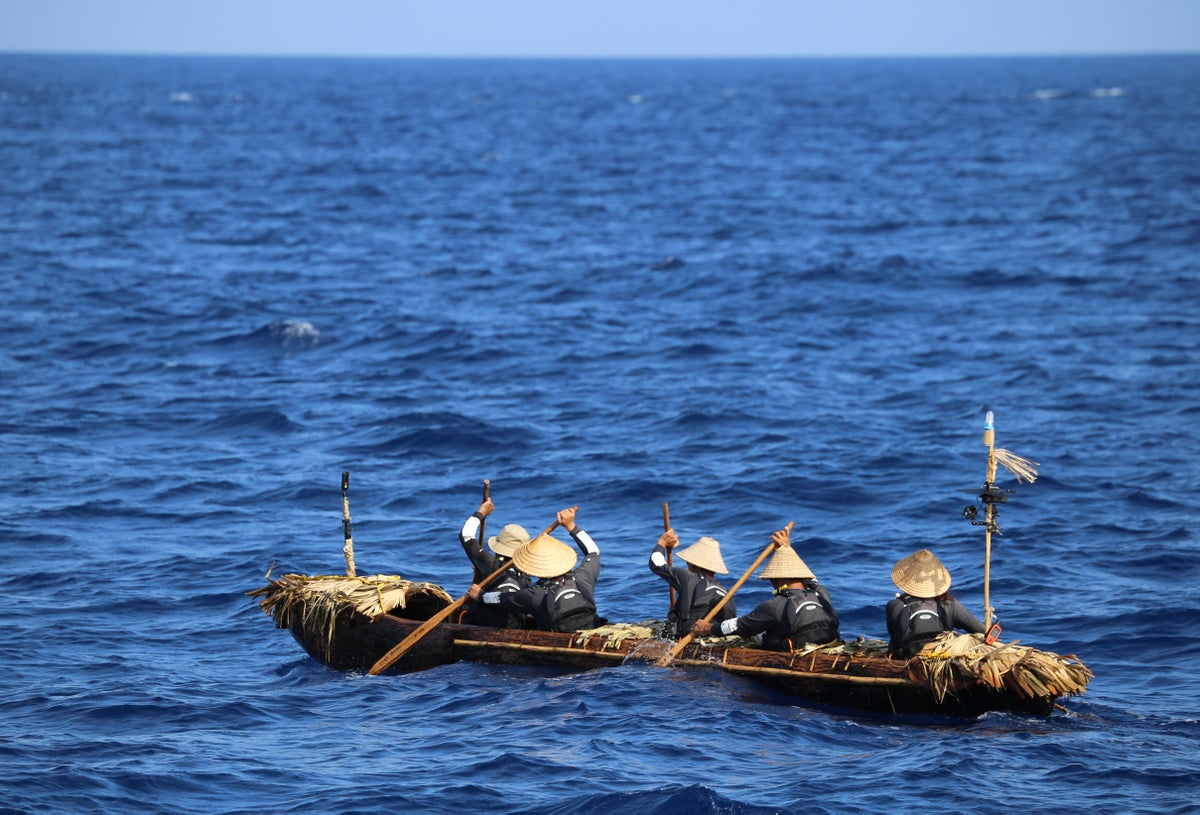Now Reading: Archaeologists Craft Ancient Tools to Build Canoe for 140-Mile Voyage
-
01
Archaeologists Craft Ancient Tools to Build Canoe for 140-Mile Voyage
Archaeologists Craft Ancient Tools to Build Canoe for 140-Mile Voyage

Quick Summary
- Scientists adn expert paddlers recreated an ancient 140-mile ocean journey from Taiwan to Japan, mimicking a migration over 30,000 years ago.
- The team used a dugout canoe crafted with stone tools resembling those from the era,after experimenting unsuccessfully with reed and bamboo rafts.
- The canoe was made from Japanese cedar trees and nicknamed “Sugime.” It measured 25 feet in length.
- Five paddlers completed the journey without modern navigational instruments, relying on celestial markers and natural indicators.
- Despite challenges like choppy waters, physical discomfort, and frequent bailing of water from the canoe during their three-day trek in july 2019, they successfully reached the Ryukyu Islands.
- Researchers highlighted this endeavor as proof of remarkable prehistoric seafaring skill while calling for further testing with other types of vessels for broader insights into maritime migrations.
- Similar experimental archaeological projects worldwide have been exploring techniques to understand ancient human activities such as migration via sea routes.
Indian Opinion Analysis
The recreation of this ancient voyage provides important insights into early human ingenuity and adaptability during migrations crucial to shaping civilizations worldwide. For India-a country home to extensive maritime history-this study raises intriguing parallels about seafaring traditions that may have influenced its coastal communities thousands of years ago through trade or cultural exchange routes connected by sea.
Efforts like these underline how experimental archaeology bridges gaps in knowledge found solely through fossil analysis or tool remnants, giving researchers access to details about human resourcefulness often missing in ancient records-as evidenced here through precise use of natural navigation methods under challenging oceanic conditions.
Direct implications for India might include opportunities for scholars looking at prehistoric connections between coastal regions around the Indian Ocean basin stretching toward East Asia-theory-testing experiments involving reconstructed vessels could deepen archaeological approaches concerning trade or settlement patterns originating millennia prior globally-renowned texts/histories establishing India’s influence.=”

























